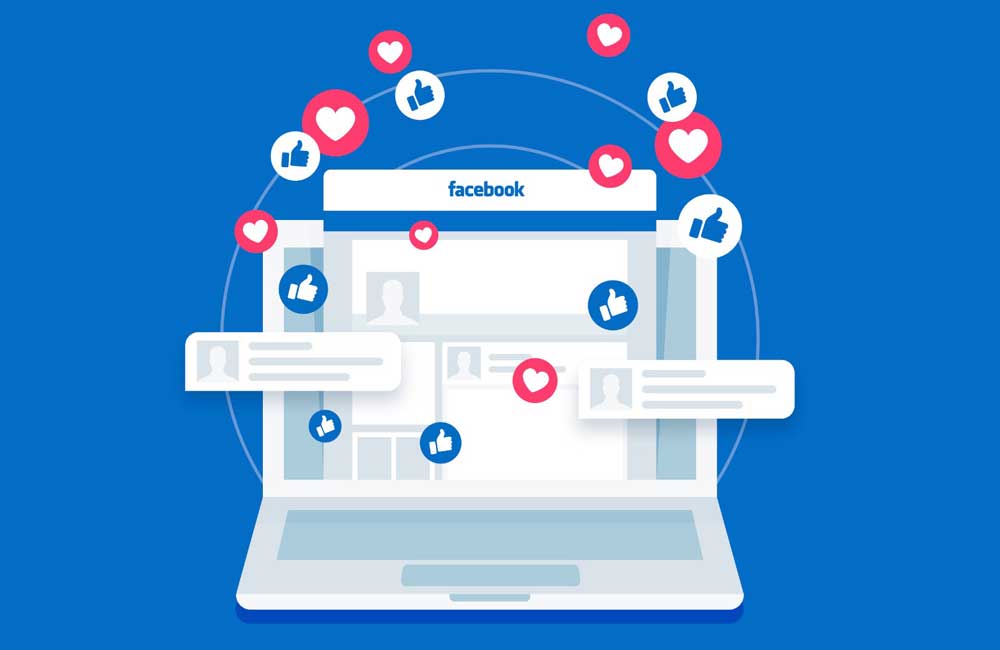Having an online presence for businesses is no longer an option; it is more of a requirement these days. Social media is used by businesses of all sizes to increase their online presence, get followers, and communicate with their target consumers. With this, it is safe to assume that you will no longer find any business these days that are not on social media.
However, whether you’re just getting started or a seasoned veteran, there’s always room for growth. So, here are 4 easy reminders to help you boost your social media game and market your brand successfully.

How Facebook Helps a Business to Grow
- October 27, 2023
Nowadays, having great products and services won’t cut it. Companies that want to increase their exposure, interact with their customers, and ultimately succeed need to be on social media networks.
Facebook stands out as one of the most powerful and adaptable of these sites for companies of all kinds. This article will discuss 10 ways in which Facebook might aid a company’s growth in terms of brand exposure.
Massive Audience
Facebook’s user base is really expansive, with billions of individuals across the globe actively engaged on the site. With such a large user base, companies may find their ideal customers among a wide variety of people.
Personalized Marketing
Advertisers may zero in on their target clients with pinpoint accuracy using Facebook’s sophisticated advertising capabilities. There are a variety of factors that help advertisers narrow down their intended audience. With such pinpoint accuracy, marketing dollars may be allocated to the most qualified prospects.
Efficient Advertising
In many cases, advertising on Facebook may save money compared to more conventional methods. Small and medium-sized businesses (SMEs) are able to participate since they may determine their own budgets and bids. With the PPC approach, companies only have to fork up cash when their advertisements actually get clicked on.
Audience Participation
Businesses may have two-way conversations with their customers on Facebook. Businesses may use social media to engage with customers on a deeper level, develop connections with them, and respond quickly to their questions and concerns. The loyalty and trust of the customers are increased by this interaction.
Data Analytics
Facebook’s robust analytics capabilities provide companies with useful information on the reach and effectiveness of their posts and ads. This information may be used to shape future advertising campaigns, enhancing efficiency and maximizing return on investment.
E-Commerce Features
Facebook is being used by many companies as an e-commerce platform, enabling customers to make purchases without ever leaving the site. The streamlined client experience that results from this integration has the potential to generate more business.
Event Advertising
Facebook events allow businesses to reach a large, targeted audience. Facebook events are a great way to get more people interested in your product launch, webinar, or community event.
Reviews and Comments from Customers
Facebook allows consumers to submit comments and reviews, which may be quite helpful to companies. Both positive and negative feedback may have an effect on a company’s reputation.
Advantage in the Market
Successful Facebook marketing gives businesses an advantage. They may stand out in a competitive market by developing an active presence on social media and connecting with their target audience.
Strengthening Societies
Facebook lets companies set up fan clubs and groups where customers can meet up, talk shop, and learn more about the company as a whole. Brand loyalty and advocacy may flourish in such online groups.
Conclusion
When it comes to expanding their company in the digital era, Facebook is now a must-have tool. For businesses of all sizes and in all sectors, the platform is indispensable because of its massive user base, targeted advertising possibilities, cost-effective marketing, and interaction opportunities.
Using Facebook effectively, companies may reach more customers, strengthen customer loyalty, and flourish in the face of intense competition. And Latte Marketing can show you how to do just that.
Related articles
Contrary to popular belief, Lorem Ipsum is not simply random text. It has roots in a piece of classical Latin literature from 45 BC, making it over 2000 years old.


















